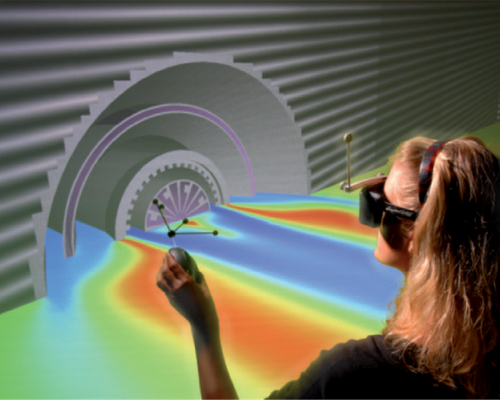Europe unites to foster HPC technologies with the launch of ParMA, an ITEA 2 project to exploit fully the power of multi-core architectures --- L’Europe unit ses forces dans le domaine du calcul intensif
ParMA will improve the performance of conventional High Performance Computing (HPC) applications ParMA will enable the advent of power-intensive innovative embedded applications
Leading European HPC players from France, Germany, Spain and the United Kingdom, announced that they have joined forces to launch the ParMA (Parallel Programming for Multi-core Architectures) consortium. The key objective of the new consortium is to help the HPC community to benefit fully from the processor race while developing innovative, flexible and open technologies for taking full advantage of the multi-core architectures.
First analyze, refine and prioritize the genuine requirements
To fight against the limits of processors’ clock speed, processor manufacturers are now delivering multi-core architectures – with today dual and quad core processors and dozens tomorrow – while most applications, mostly sequential, can only benefit from the power of a single core.
The challenge is now to enable the current and future applications to benefit fully from the new processor technologies by either restructuring existing applications or by facilitating the development of new applications that fully exploit the power of parallelism on these new architectures.
The ParMA project will start by analyzing, refining and prioritizing the genuine requirements of the industry. A first version of the ParMA technology will hen be introduced at the end of the first project year to gain experience with a wide-range of applications. A second version of ParMA will be released at the end of the second year for further trials.
Powering up parallel processing for a large community
As parallel programming is becomingmainstream in the era of multi-core architectures, the project achievements will not only be relevant to software engineers who have already developed parallel HPC applications in the past and continue to port and optimize their codes on multi-core architectures: in many domains, parallel code will again be developed and, thus, can largely benefit from this project’s achievements. Part of the ParMA software is open source and so available to a wide community.
The three essential goals are to enable:
-
Both the simulation of more complex processes and the modeling of more complex structures without increasing the execution time.
-
SMEs to acquire and run simulation applications that can be hosted on medium-sized systems when the power of multi-core processors is fully exploited.
-
The advent of innovative power-intensive embedded applications especially in industries – air & space for instance – which were “blocked” by the limits of the volume of the system, the power consumption, the heat dissipation, and the time constraints in communications
About the ParMA project
The ParMA project is a 3-year ITEA 2 project, starting on June 2007 under the label #06015. It gathers European leaders in HPC technologies, including Research centers in Universities or Industries and Computing Centers, from France, Germany, Spain and the United Kingdom.
The 17 partners, across Europe, are a heavyweight group of ICT industry players: Allinea Software, Bull, CAPS-Entreprise, CEA, Dassault Aviation, Forschungszentrum Jülich, Gesellschaft für Numerische Simulation, Gesellschaft für Wissens- und Technologietransfer der TU Dresden, Höchstleistungsrechenzentrum Stuttgart (HLRS, Universität Stuttgart), INDRA SISTEMAS, Institut National des Télécommunications (INT), MAGMA Gießereitechnologie, RECOM Services, ROBOTIKER , Universitat Autònoma de Barcelona (UAB), Université de Versailles Saint Quentin-en-Yvelines (UVSQ), Zentrum für Informationsdienste und Hochleistungsrechnen (ZIH,Technische Universität Dresden).
For more information on ParMA visit: http://www.parma-itea2.org/
Related projects
ParMA
Parallel Programming for Multi-core Architectures


